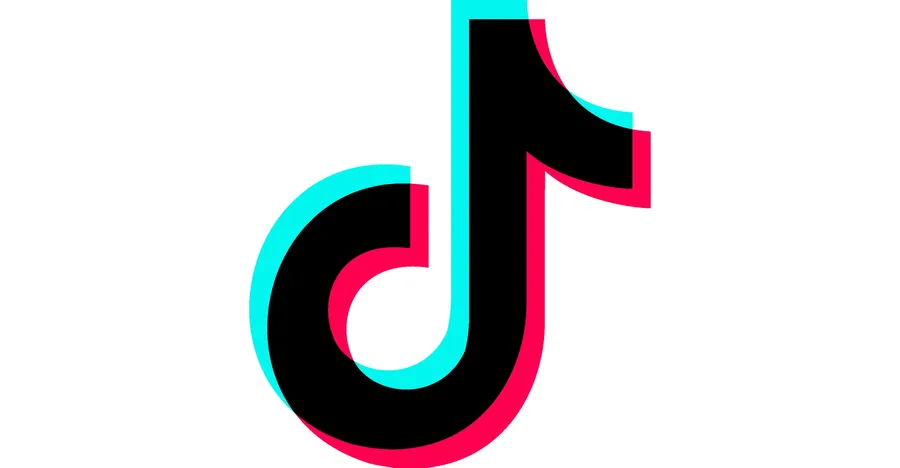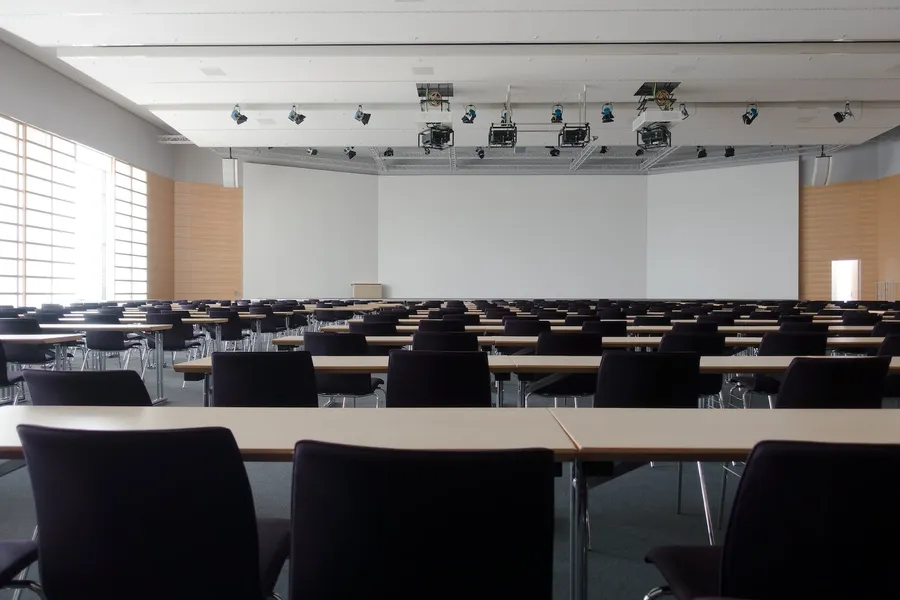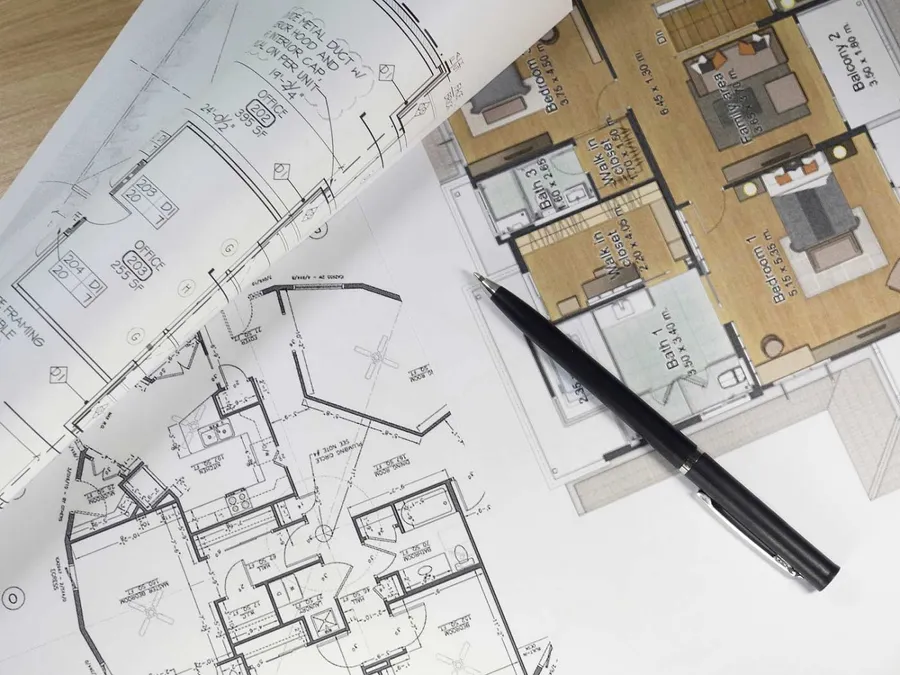Starting Spring 2024, the SAT exam will transition to a fully digital test in the United States to be administered to high school students all over the nation.
The College Board announced their plan to switch to the digital SAT, in early 2022, citing student stress and test security concerns as catalysts for the change. The SAT in its paper format was administered for about 97 years before it switched to the digital format internationally for the first time on March 11, 2023.
The digital SAT comes with various changes, a major one being its time reduction. The new test will be about two hours long when compared to the paper SAT which was around three hours long. Students will have more time per question as reading passages will be shorter; around 25-150 words, allowing students to digest the material. The number of questions will also be reduced, having 56 fewer questions than the paper version.
As for the math sections of the new test, the “No Calculator” section will be removed and calculators will be allowed in both sections. The test is also adaptive, adjusting the difficulty level based on the student’s performance- if they do well on the first module, the second module will be noticeably more difficult, and vice versa. Questions about graphics including tables and graphs will be simplified throughout the test, and all questions involving imaginary and complex numbers will be removed. As the test is shorter, one break will be offered during the test- a notable change since there were previously two breaks in the earlier SAT.
Jake Berman is an SAT preparation specialist and educational consultant with almost 20 years of experience.
“I think the digital SAT is great,” said Berman. “There are no more long passages, students get more time per question and a shorter exam. All the skills you’ve developed while preparing for the paper-based SAT will absolutely parlay into success on the digital.”
The tests will be taken on Bluebook, a new digital testing platform the College Board is utilizing. In regards to test security, the digital exams give every student a unique test form making it virtually impossible to share answers. Students will be able to use either personal or school-managed devices and have the option to borrow a device from the College Board.
Sandriene Wiggins is a junior student who recently took the last paper SAT exam administered this past December.
“I personally like the paper version of the SAT better. I feel that staring at the computer screen for two to three hours is very mind-numbing,” said Wiggins. “I am planning to take the digital [version] next year, and I feel it might affect my test anxiety negatively. The digital [format] is such a big jump from the paper too, and I think I would’ve preferred it if they changed the test more gradually.”
Official resources for students to practice for the digital SAT include full-length practice exams on the Bluebook software, and the digital SAT course by Khan Academy created in partnership with the College Board.













